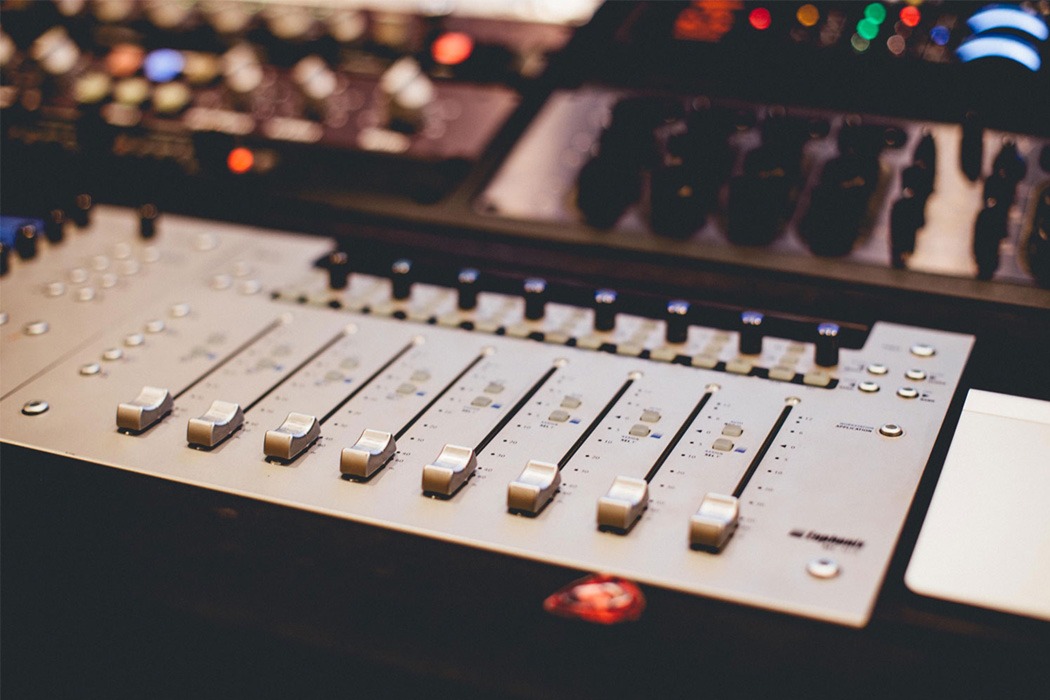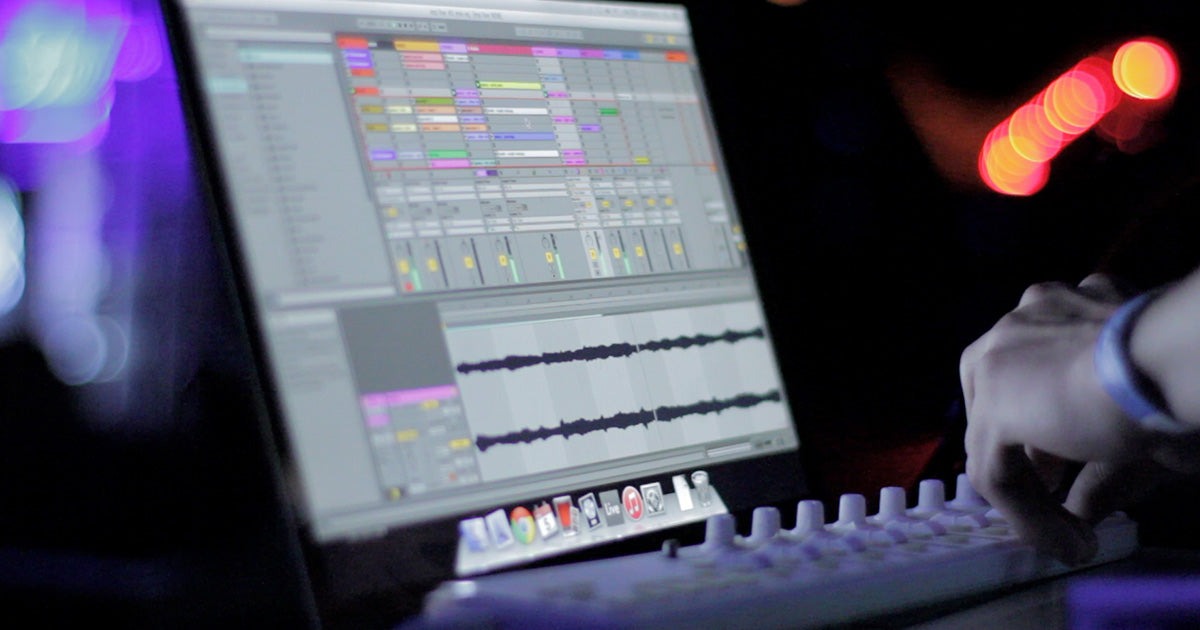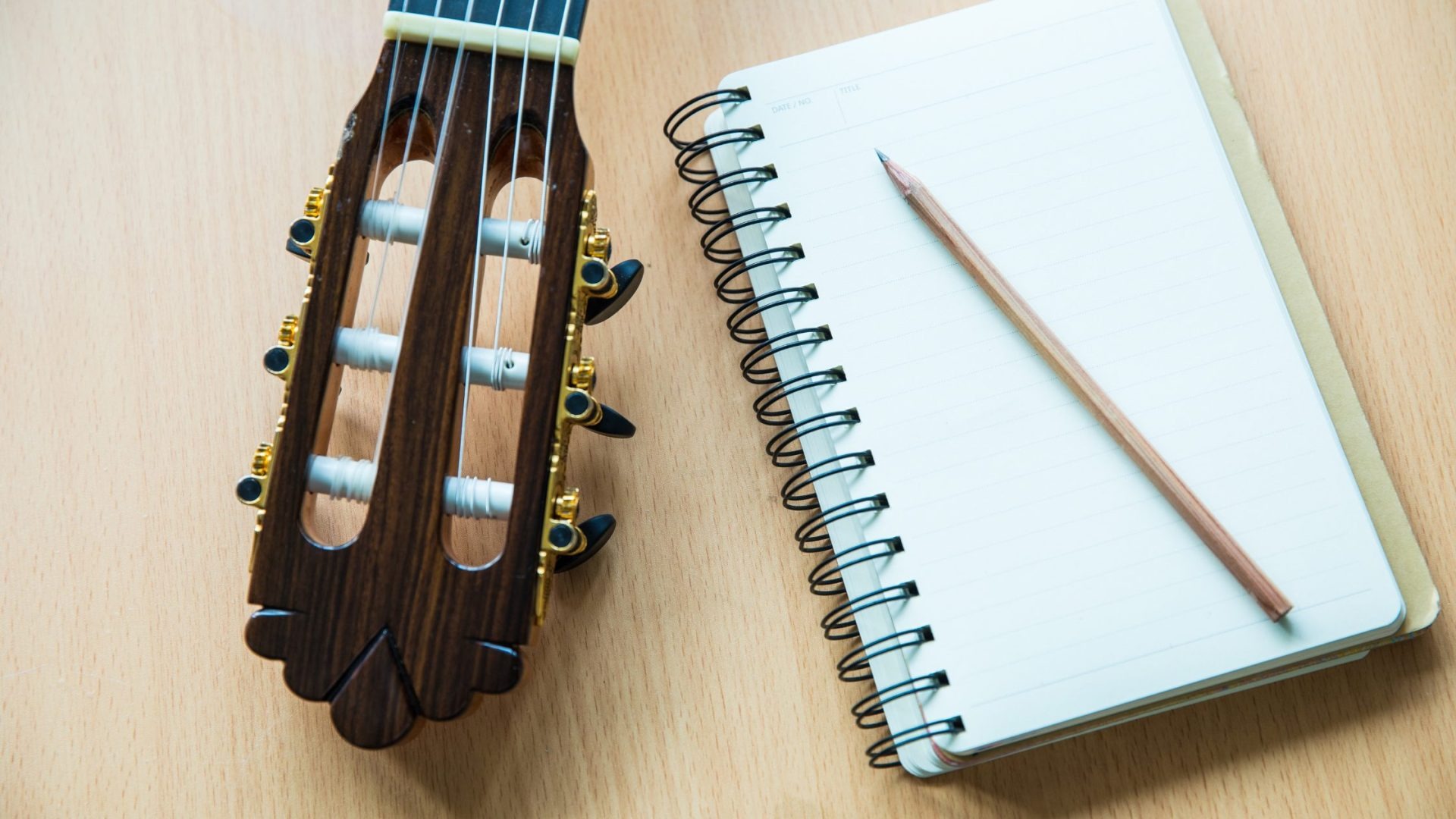Creating music involves a journey of imagination, where one may be tempted to believe that more is better – more instruments, more singing, more intricacy, etc. On the other hand, it can also be tempting to leave ideas unfinished and unstructured, opting for a straightforward approach. Before digital audio workstations became essential for songwriting, determining the appropriate amount to add to a song was not as challenging.

Songwriters typically made these decisions, taking into account the size of the performer’s group and their budget. However, with the vast array of instrumental and digital production options available to all musicians, the struggle between minimalism and extremes is a common dilemma for many of us in the modern music industry.
How can we determine if we are incorrect? The reality is that there is no easy solution, as each songwriter has their own unique process and produces distinct works. Nevertheless, there are some general concepts we can consider to prevent our music from being underdeveloped or overly utilized.
Avoid extreme and minimalist traps when writing songs
Relying too heavily on extremes in songwriting can lead to numerous challenges, such as attempting to mask a mediocre concept with excessive production elements or overpowering a strong idea with unnecessary instruments, jarring dynamics, or a fast tempo. While there are certainly instances in music where extremes can be effective, it is important to have a balanced approach and know how to utilize them appropriately for each song. Otherwise, the intended emotional impact may be lost and result in a dissonant sound.

A minimalistic approach can be equally detrimental. When there is a lack of ideas or insufficient instrumentation and production, the song may fall short of its full potential. As songwriters, we often underestimate the value of ideas, either rushing to complete songs or not investing enough resources for their development and success.
Regardless of whether we are faced with an abundance of ideas or a lack of development, the key to avoiding both pitfalls remains the same. By approaching your music with patience and insight, you can unlock the full potential of your songs. Patience allows for natural development of ideas on your own, while rushing to finish a song or relying on instruments and production can limit your creative options. It is important to distinguish when an idea calls for a minimalist approach, extensive production, or something in between. By taking the time to fully flesh out your ideas and honestly assessing their strength and appeal, you can avoid overdoing or underdoing it in your songs. One of the most beneficial things you can do for your music is to freely explore ideas without constraints. Set aside thoughts of minimalism or extremes and simply follow where the idea naturally leads. This will make it much easier to understand how to develop ideas using tools and production.

If you are truly enthusiastic about a director’s concept, there may be no need to make significant changes using additional tools and productions. However, it is also beneficial to experiment with different musical styles and approaches to your music in order to determine what works best. This will ultimately depend on your individual process, but keep in mind that you are not bound to it forever just because you perceive something a certain way. By exploring extremes with a particular approach, you may discover that it is not the right direction or that it was exactly what your idea needed. The only way to know is to try. The good news is that your DAW makes it easy to cut tracks and turn off effects until you reach the core of your idea, making it simple to return to a minimalist approach. The key is to be open to trying new things, be prepared for potential setbacks, and persist until your idea is exactly as you envision it.

